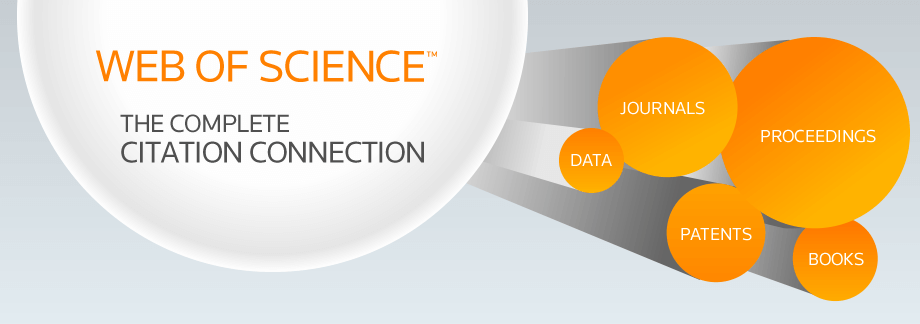INTERNATIONAL JOURNAL OF CREATIVE RESEARCH THOUGHTS - IJCRT (IJCRT.ORG)
International Peer Reviewed & Refereed Journals, Open Access Journal
IJCRT Peer-Reviewed (Refereed) Journal as Per New UGC Rules.
ISSN Approved Journal No: 2320-2882 | Impact factor: 7.97 | ESTD Year: 2013
Call For Paper - Volume 13 | Issue 11 | Month- November 2025
Scholarly open access journals, Peer-reviewed, and Refereed Journals, Impact factor 7.97 (Calculate by google scholar and Semantic Scholar | AI-Powered Research Tool) , Multidisciplinary, Monthly, Indexing in all major database & Metadata, Citation Generator, Digital Object Identifier(CrossRef DOI)
Contact Us Click Here
WhatsApp Contact Click Here
Published Paper Details:
Paper Title
Air pollution in Bangalore- Causes, Effect, Statistics and Controlling Measures
Authors
Prof. UMME NASEEBA
Keywords
Keywords: Bangalore, air pollution, causes, effects, statistics, control measures, Air Pollution ? Bangalore ? Urbanization ? Vehicular Emissions ? Industrial Pollution ? Particulate Matter (PM2.5, PM10) ? Health Impacts ? Environmental Effects ? Air Quality Index (AQI) ? National Clean Air Programme (NCAP) ? Pollution Control Measures ? Electric Vehicles (EVs) ? Urban Planning ? Biomass Burning ? Construction Dust ? Waste Management ? Respiratory Diseases ? Acid Rain ? Smog ? Green Belts ? Pub
Abstract
Abstract:
Bangalore, a rapidly growing metropolis in India, faces significant challenges
due to air pollution, impacting public health and environmental sustainability.
This abstract outlines the causes, effects, statistics, and control measures
pertaining to air pollution in Bangalore. The main contributors to air pollution
include vehicular emissions, industrial activities, construction dust, and
biomass burning. These pollutants lead to severe health issues such as
respiratory diseases and cardiovascular problems among the city's inhabitants.
Statistical data reveals alarming levels of particulate matter (PM), nitrogen
oxides (NOx), sulfur dioxide (SO2), and volatile organic compounds (VOCs)
exceeding permissible limits set by regulatory bodies. To combat this issue,
Bangalore has implemented various control measures including vehicle
emission norms, promoting public transport, and enforcing industrial emission
standards. Additionally, urban planning strategies and awareness campaigns
play crucial roles in mitigating air pollution. Continuous monitoring and strict
enforcement of environmental regulations are essential to improve air quality
and ensure sustainable development in Bangalore.
Bangalore, one of India's fastest-growing cities, is grappling with severe air
pollution issues, primarily stemming from vehicular exhaust, industrial
emissions, construction activities, and biomass burning. This abstract provides
a comprehensive overview of the causes, effects, statistics, and control
measures related to air pollution in Bangalore.
Causes: Air pollution in Bangalore is predominantly caused by the massive
volume of vehicles on its roads, which emit pollutants such as particulate
matter (PM), nitrogen oxides (NOx), and volatile organic compounds (VOCs).
Industrial activities, including manufacturing and construction, also contribute
significantly to pollution levels. Additionally, seasonal factors like crop residue
burning further exacerbate air quality issues.
Effects: The detrimental effects of air pollution in Bangalore are wide-ranging
and severe. High levels of PM and NOx lead to respiratory ailments such as
asthma and bronchitis, especially impacting vulnerable populations like
children and the elderly. Long-term exposure increases the risk of
cardiovascular diseases and can adversely affect overall public health.
Statistics: Recent data reveals alarming statistics regarding air quality in
Bangalore. PM levels often exceed the permissible limits recommended by the
World Health Organization (WHO), posing significant health risks to residents.
The concentration of pollutants like SO2 and VOCs also frequently surpasses
acceptable standards, underscoring the urgent need for intervention.
Control Measures: To address air pollution effectively, Bangalore has
implemented various control measures. These include stringent emission
norms for vehicles, encouraging the adoption of electric and hybrid vehicles,
and promoting public transportation systems. Industrial emissions are
regulated through strict enforcement of pollution control norms, while urban
planning emphasizes green spaces and sustainable development practices.
Public awareness campaigns play a crucial role in fostering community
participation and support for pollution control initiatives.
In conclusion, mitigating air pollution in Bangalore requires a multi-faceted
approach encompassing regulatory enforcement, technological innovation,
and community engagement. Continued efforts in monitoring air quality and
implementing sustainable practices are essential to safeguard public health
and ensure a sustainable urban environment for future generations.
IJCRT's Publication Details
Unique Identification Number - IJCRT1135808
Paper ID - 271598
Page Number(s) - 642-651
Pubished in - Volume 4 | Issue 3 | August 2016
DOI (Digital Object Identifier) -
Publisher Name - IJCRT | www.ijcrt.org | ISSN : 2320-2882
E-ISSN Number - 2320-2882
Cite this article
Prof. UMME NASEEBA, "Air pollution in Bangalore- Causes, Effect, Statistics and Controlling Measures", International Journal of Creative Research Thoughts (IJCRT), ISSN:2320-2882, Volume.4, Issue 3, pp.642-651, August 2016, Available at :http://www.ijcrt.org/papers/IJCRT1135808.pdf
Article Preview
Indexing Partners
Call For Paper November 2025
Call For Papers
November 2025
Volume 13 | Issue 11
Last Date :
30-Nov-2025
Submit Manuscript Online Impact Factor: 7.97 Review Results : Within 02-03 Days Paper Publication : Within 02-03 Days
November 2025
Volume 13 | Issue 11
Last Date :
30-Nov-2025
Submit Manuscript Online Impact Factor: 7.97 Review Results : Within 02-03 Days Paper Publication : Within 02-03 Days
Published Issue Details
For Authors
Forms / Downloads
Other IMP Links
Indexing Partner
Research Area
LICENSE
ISSN and 7.97 Impact Factor Details

ISSN: 2320-2882 Impact Factor: 7.97 and ISSN APPROVED Journal Starting Year (ESTD) : 2013
ISSN and 7.97 Impact Factor Details

ISSN: 2320-2882 Impact Factor: 7.97 and ISSN APPROVED Journal Starting Year (ESTD) : 2013
DOI Details
CONFERENCE
CONFERENCE MANAGMENT & PUBLICATION CONFERENCE PROPOSAL
RECENT CONFERENCE

CONFERENCE PROPOSAL CONFERENCE PROCEEDINGS

CONFERENCE PROPOSAL CONFERENCE PROCEEDINGS
For Reviewer /Referral (RMS) Earn 500 per paper
Important Links
NEWS & Conference
Digital Library
IJCRT RMS | Earn 500 Per Paper.
LICENSE
Indexing Partner






































































